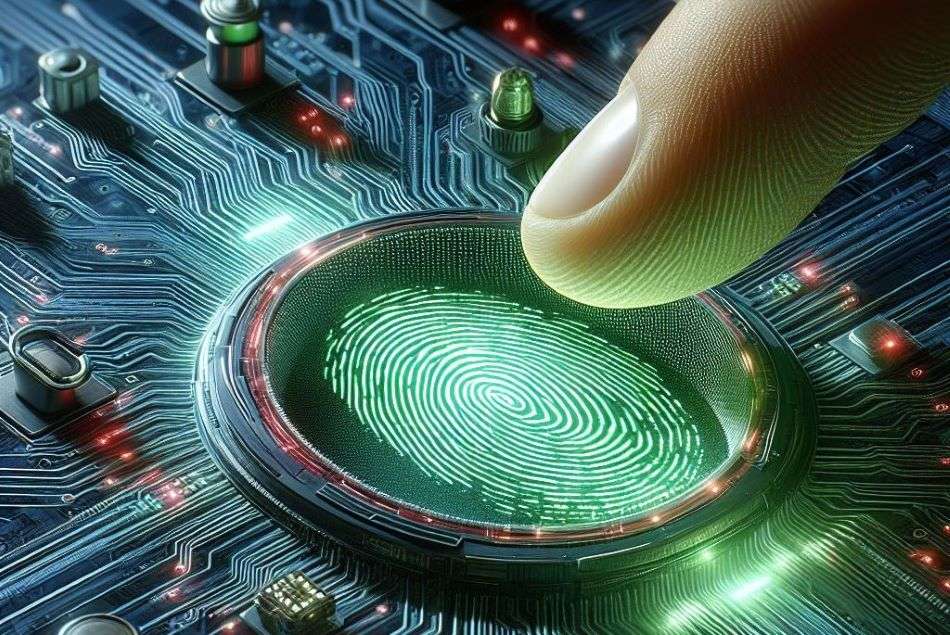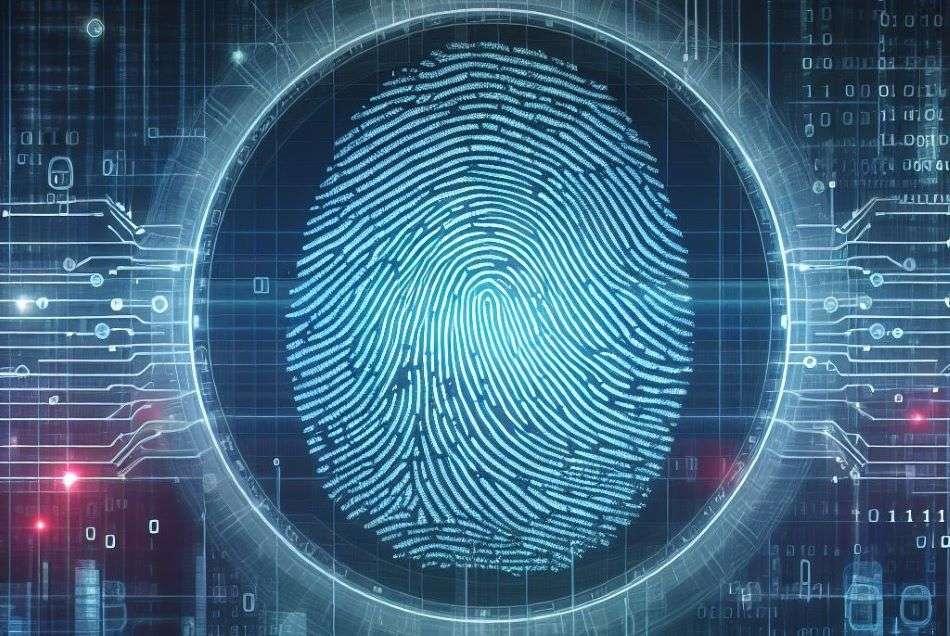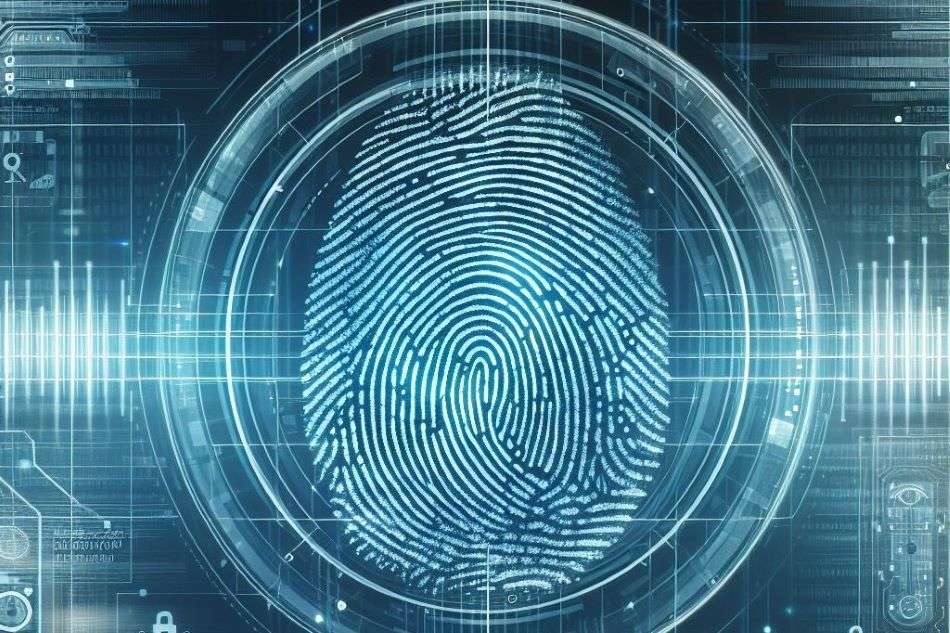The Digital Touch: Harnessing Fingerprint SDKs for Seamless and Secure Access Control

In today’s digital age, keeping things secure and easy to access is super important. That’s where Fingerprint Software Development Kits (Fingerprint SDKs) come in. They’re like special toolkits that use fingerprint recognition to make sure only the right people can get into places or use certain things. These kits are a big deal because they make security stronger and make it easier for people to get where they need to go without any hassle. Let’s take a closer look at how fingerprint SDKs are making things safer and simpler for everyone.
Enhancing Security Through Biometrics:
- Unique Identification: Fingerprint SDKs utilize the distinct patterns of an individual’s fingerprints to create a biometric template, offering unparalleled accuracy in user identification.
- Immutable Authentication: Unlike traditional methods such as passwords or PINs, fingerprints are inherently unique and cannot be easily replicated or forged, enhancing the security of access control systems.
- Multi-Factor Authentication: Fingerprint SDKs can be integrated into multi-factor authentication systems, adding an extra layer of security by combining biometric data with other authentication factors such as passwords or tokens.
As organizations strive to fortify their digital defenses against increasingly sophisticated cyber threats, the adoption of fingerprint SDKs has become instrumental in safeguarding sensitive information and resources. By leveraging biometric authentication, these SDKs provide a robust barrier against unauthorized access, mitigating the risk of identity theft and data breaches. Moreover, the seamless integration of fingerprint recognition technology into access control systems enhances user experience, eliminating the need for cumbersome authentication processes while ensuring compliance with stringent security protocols.
Facilitating Seamless User Experiences:

- Convenient Authentication: Fingerprint SDKs offer a frictionless authentication experience, allowing users to access devices or applications with a simple touch of their finger.
- Speed and Efficiency: Compared to traditional authentication methods, such as entering passwords or PINs, fingerprint recognition is faster and more efficient, saving time for users and enhancing productivity.
- Versatile Applications: Fingerprint SDKs can be deployed across a wide range of applications, from mobile devices and laptops to physical access control systems, offering a seamless and consistent user experience across platforms.
As technology continues to evolve, the demand for secure and convenient access control solutions will only intensify. Fingerprint SDKs stand at the forefront of this transformation, offering a reliable and user-friendly approach to identity verification. Whether in corporate environments, financial institutions, or government agencies, the adoption of fingerprint recognition technology is reshaping the way organizations manage access to their digital assets. By harnessing the power of fingerprint SDKs, businesses can strike the perfect balance between security and usability, ensuring robust protection without compromising user convenience.
Looking Ahead: Future Trends and Innovations in Fingerprint SDKs
The integration of Artificial Intelligence (AI) has revolutionized the capabilities of Fingerprint SDKs, elevating their accuracy, security, and adaptability. AI algorithms within these SDKs continuously learn and adapt, enhancing the precision of fingerprint matching even in scenarios with variations in fingerprint quality, angle, or pressure.
One of the most significant contributions of AI is the ability to perform liveness detection. This technology can distinguish between real fingerprints and spoofing attempts, such as fake fingerprints or photographs, adding an essential layer of protection against unauthorized access.
- Integration with Emerging Technologies: Fingerprint SDKs are increasingly being integrated with other emerging technologies such as artificial intelligence (AI) and machine learning (ML) to enhance accuracy and adaptability.
- Expansion into IoT Devices: With the proliferation of Internet of Things (IoT) devices, fingerprint SDKs are expanding their reach beyond traditional platforms, offering secure authentication for smart home devices, wearables, and connected appliances.
- Advancements in Biometric Algorithms: Ongoing advancements in biometric algorithms are improving the performance and reliability of fingerprint recognition technology, opening up new possibilities for its application in access control and beyond.

Fingerprint SDKs represent a cornerstone of modern access control systems, offering a potent combination of security, convenience, and versatility. As organizations continue to prioritize cybersecurity and user experience, the adoption of fingerprint recognition technology is poised to accelerate. By embracing fingerprint SDKs, businesses can not only strengthen their defenses against cyber threats but also deliver seamless and intuitive user experiences that drive productivity and innovation in the digital age.




